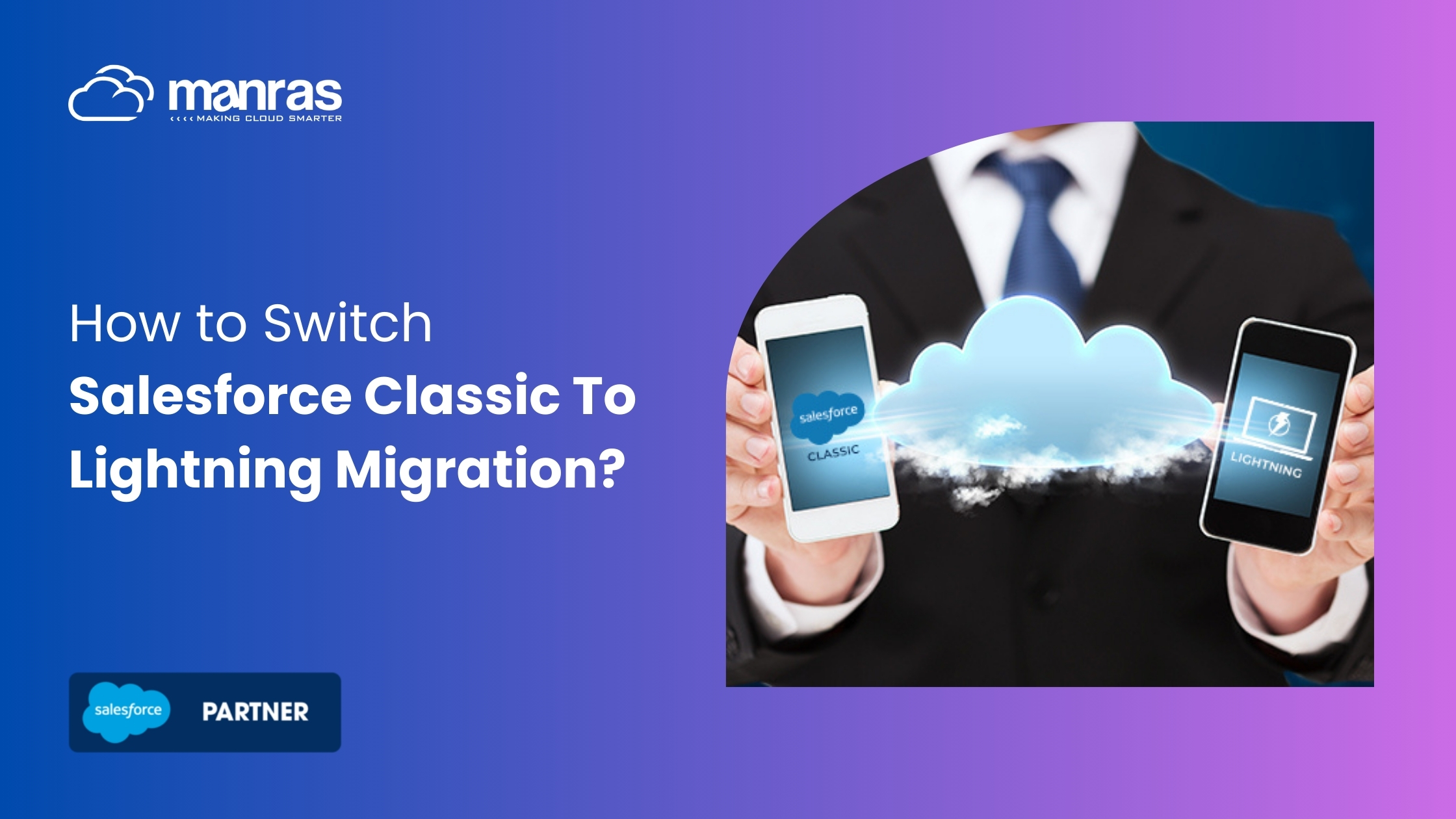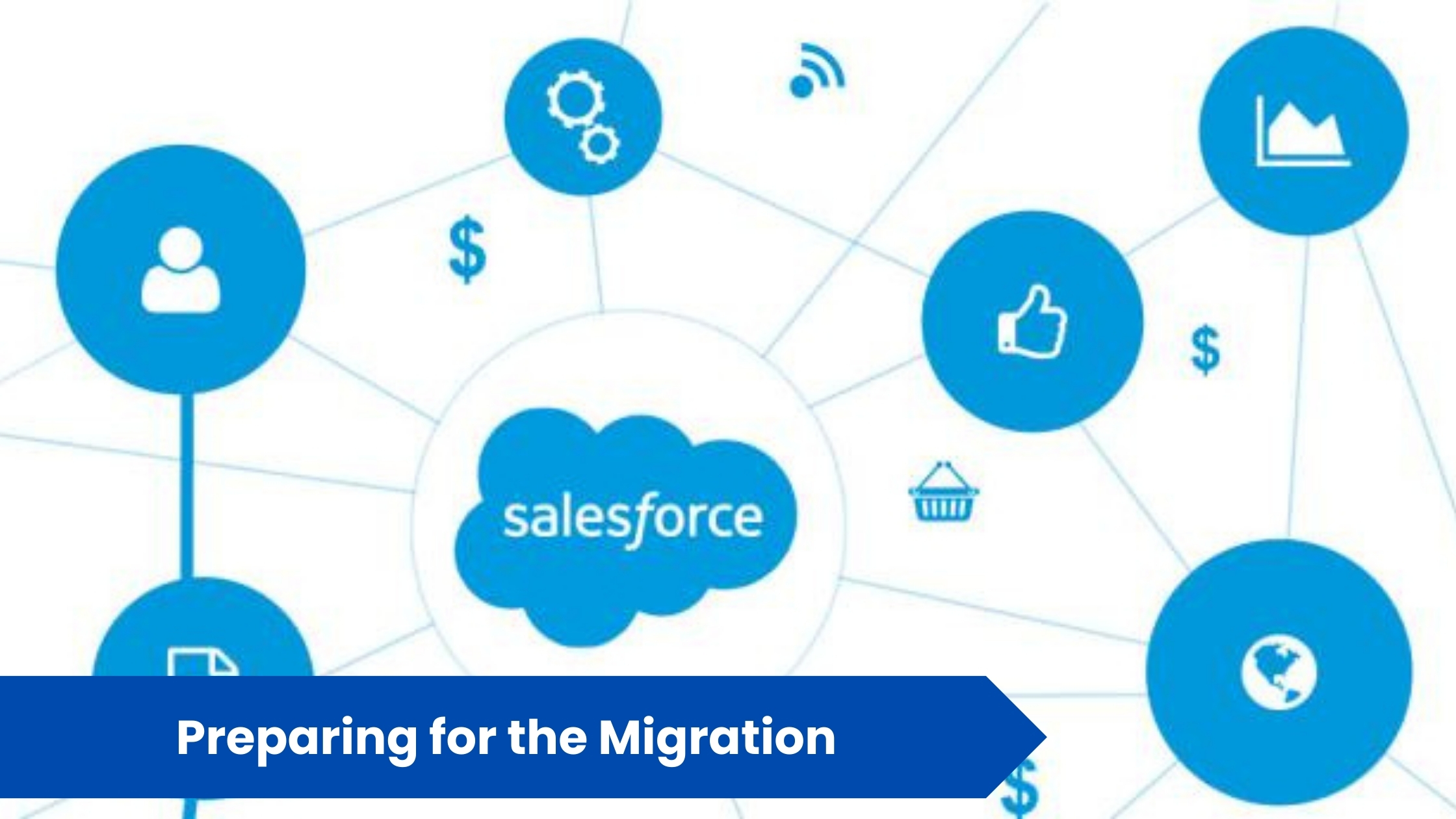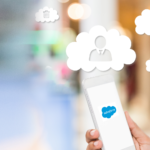
How to Switch Salesforce Classic To Lightning Migration?
In the dynamic realm of customer relationship management (CRM), Salesforce stands as a cornerstone, offering robust solutions to businesses. While Salesforce Classic has been a reliable choice for many, the evolution to Salesforce Lightning brings a host of advantages that modernize the user experience and boost productivity.
Introduction
A. Brief Overview of Salesforce Classic and Lightning
Salesforce Classic, the veteran interface, has served businesses well for years. However, Salesforce Lightning represents a leap forward, providing a more intuitive and visually appealing user interface.
B. Importance of Migrating from Classic to Lightning
As technology advances, so do user expectations. Migrating to Lightning is not merely an upgrade; it’s a strategic move to harness the full potential of Salesforce, ensuring your CRM aligns seamlessly with contemporary business needs.
Advantages of Switching to Lightning

A. Enhanced User Interface
Lightning introduces a sleek, modern interface that simplifies navigation and enhances user experience. The intuitive design facilitates quicker access to information, increasing overall efficiency.
B. Improved Productivity Features
Dynamic features like Kanban boards, Einstein Analytics, and in-app guidance enhance user productivity. Lightning offers a more interactive and engaging environment for your team.
C. Mobile Responsiveness
In an era dominated by mobile devices, Lightning ensures a responsive design, allowing users to access critical information on the go. This flexibility is vital for businesses with a mobile workforce.
D. AppExchange Compatibility
The Lightning platform seamlessly integrates with AppExchange apps, expanding your CRM’s capabilities. This compatibility opens the door to a myriad of third-party solutions, tailored to your business needs.
Preparing for the Migration

A. Assessing Current System Compatibility
Before embarking on the migration journey, evaluate your current system’s compatibility with Lightning. Identify any potential roadblocks and devise strategies to address them proactively.
B. Data Backup and Security Measures
Safeguard your data by implementing thorough backup procedures. Additionally, ensure that security measures are in place to protect sensitive information during and after the migration.
C. User Training and Communication
Smooth migration requires a well-informed user base. Conduct comprehensive training sessions to familiarize users with the new interface. Effective communication throughout the process is key to managing expectations.
Step-by-Step Migration Process
A. Enabling Lightning Experience
Initiate the migration by enabling Lightning Experience in your Salesforce settings. This fundamental step sets the stage for the comprehensive transition.
B. Evaluating Customizations and Integrations
Carefully assess existing customizations and integrations. Lightning may require adjustments, and understanding these in advance helps streamline the migration process.
C. Addressing Potential Challenges
Anticipate challenges that may arise during migration, such as compatibility issues or data discrepancies. Have contingency plans in place to mitigate these challenges effectively.
D. Utilizing Salesforce’s Tools and Resources
Salesforce provides a suite of tools and resources to facilitate the migration process. Leverage these assets to ensure a smooth transition and capitalize on Lightning’s full potential.
Post-Migration Best Practices
A. Conducting Thorough Testing
After the migration, conduct rigorous testing to identify and rectify any issues. This ensures that your CRM functions seamlessly in the Lightning environment.
B. Providing Ongoing Support and Training
Post-migration support is crucial. Offer continuous support to address user queries and provide additional training if necessary. A responsive support system fosters user confidence.
C. Monitoring User Feedback and Addressing Issues Promptly
Create channels for users to provide feedback and promptly address any issues that arise. This proactive approach enhances user satisfaction and promotes a positive perception of the migration.
Common Pitfalls to Avoid
A. Underestimating Data Complexity
One common pitfall is underestimating the complexity of your data. Ensure a thorough understanding of your data structure to prevent data-related hiccups during migration.
B. Neglecting User Training
Inadequate user training can lead to frustration and resistance. Avoid this pitfall by investing time and resources in comprehensive training programs tailored to your users’ needs.
C. Ignoring Customization Impacts
Each organization’s Salesforce instance is unique. Ignoring the impacts of customization during migration can result in functionality gaps. Take a meticulous approach to customization adjustments.
Comparing Classic vs. Lightning Features

A. Side-by-Side Feature Analysis
Compare the features of Salesforce Classic and Lightning side by side. Highlight the key improvements in Lightning, emphasizing how these features contribute to a more efficient CRM experience.
B. Identifying Key Improvements in Lightning
Zoom in on specific improvements, such as the customizable home page, dynamic dashboards, and enhanced reporting capabilities. Illustrate how these features empower users and drive better decision-making.
Expert Tips and Recommendations
A. Insights from Salesforce Professionals
Gather insights from Salesforce professionals on best practices for a successful migration. Incorporate their recommendations into your strategy for a more informed decision-making process.
B. Latest Updates and Trends in Lightning Migration
Stay abreast of the latest updates and trends in Lightning migration. Being informed about the evolving landscape ensures that your migration strategy aligns with current industry best practices.
Conclusion
Summarize the key benefits of migrating from Salesforce Classic to Lightning, emphasizing how the transition positions businesses for future success.
Conclude with an encouraging message, urging businesses to embrace the change and leverage the full potential of Salesforce Lightning for a competitive edge in the market.
At Manras, we stand as a Platinum Salesforce Partner, dedicated to delivering seamless Salesforce integrations. Trust us to elevate your CRM experience, ensuring a smooth transition to Lightning and unlocking the full potential of Salesforce for your business success.
Frequently Asked Questions
How Long Does the Migration Process Take?
The duration of the migration process varies based on factors like data complexity and system size. On average, businesses can expect the process to take a few weeks.
Will All My Custom Apps Work Seamlessly in Lightning?
While many apps seamlessly transition to Lightning, some may require adjustments. Salesforce provides tools to assess app compatibility and offers guidance on making them Lightning-ready.
What Are the Potential Disruptions During the Migration?
Potential disruptions include temporary access restrictions and adjustments to customizations. However, a well-planned migration minimizes these disruptions, ensuring a smooth transition.
Can I Switch Back to Classic if Needed?
Yes, Salesforce allows users to switch back to Classic temporarily if issues arise. However, it’s recommended to address the root cause of the problem rather than reverting permanently.
How Often Should I Update My Lightning Experience?
Regular updates ensure you benefit from the latest features and security enhancements. Aim for quarterly assessments and updates to keep your Lightning Experience optimized.



